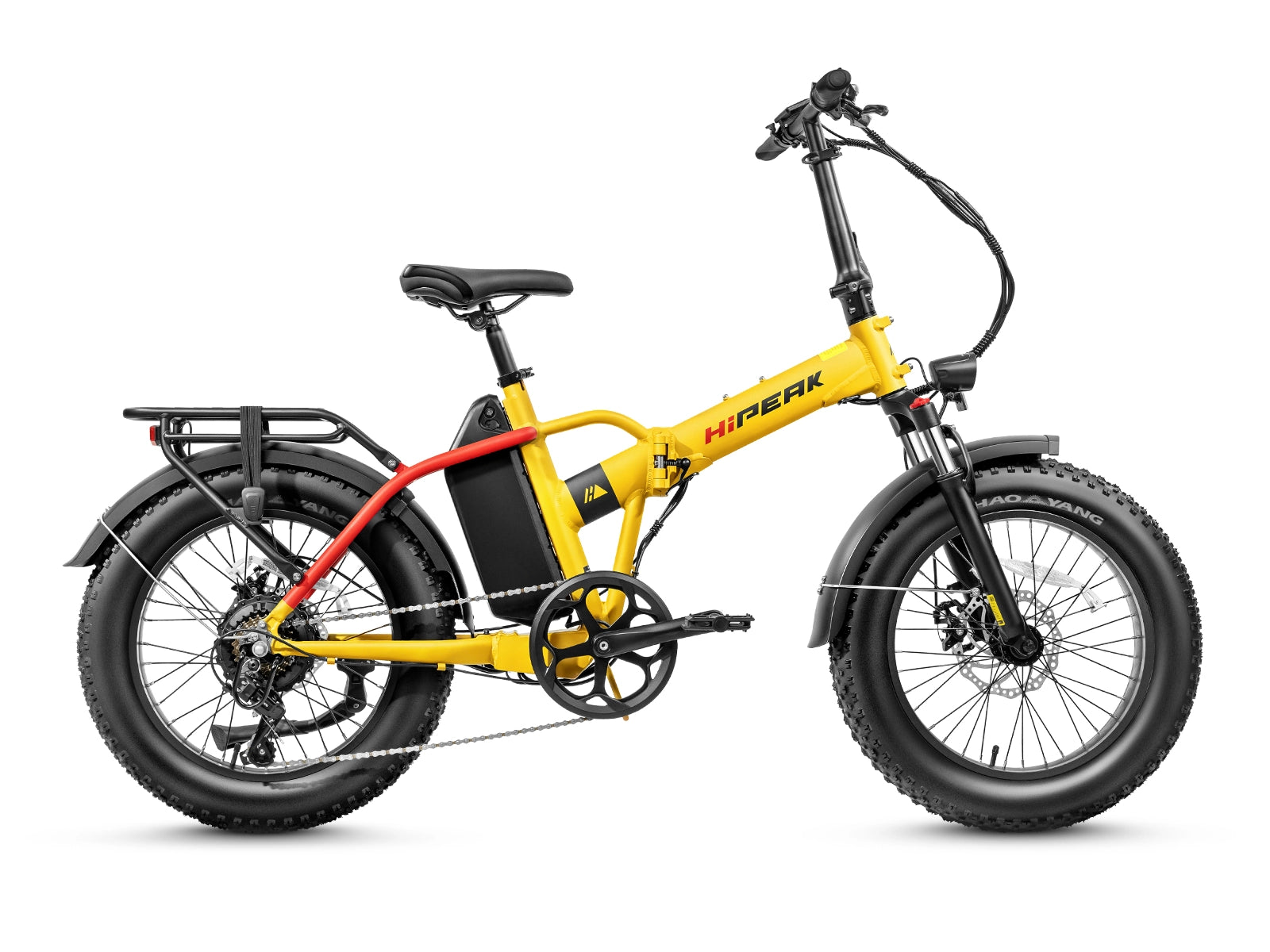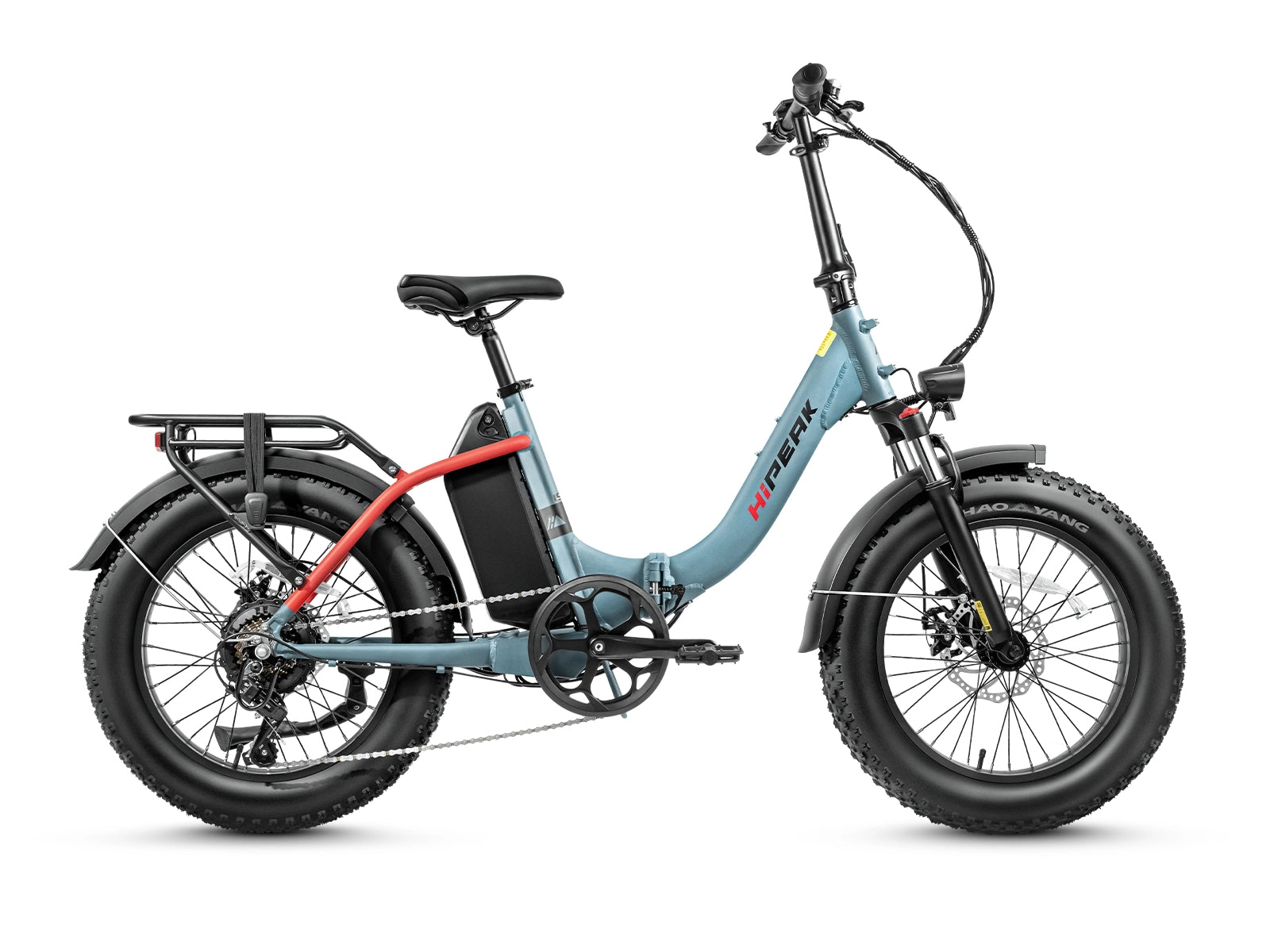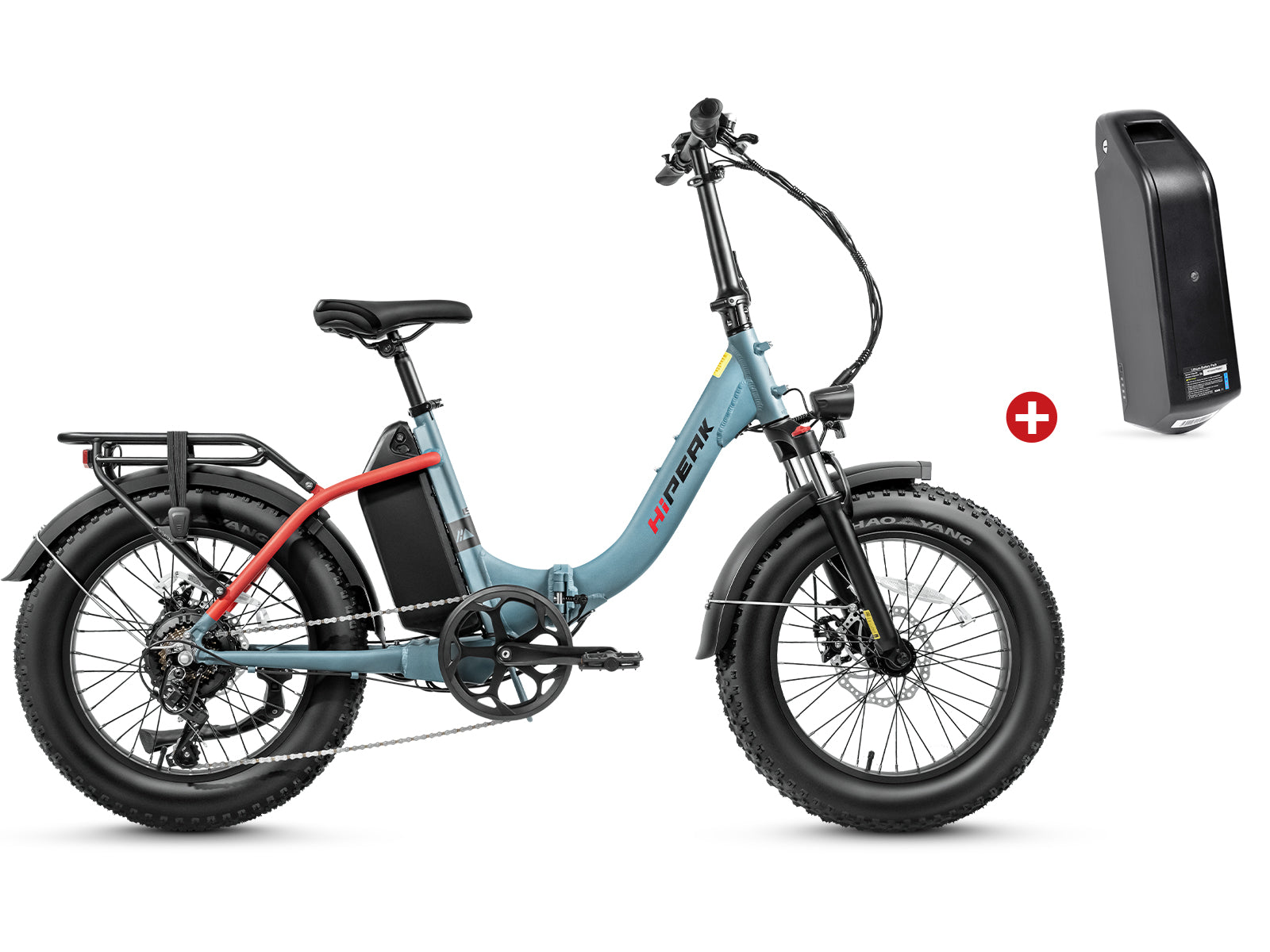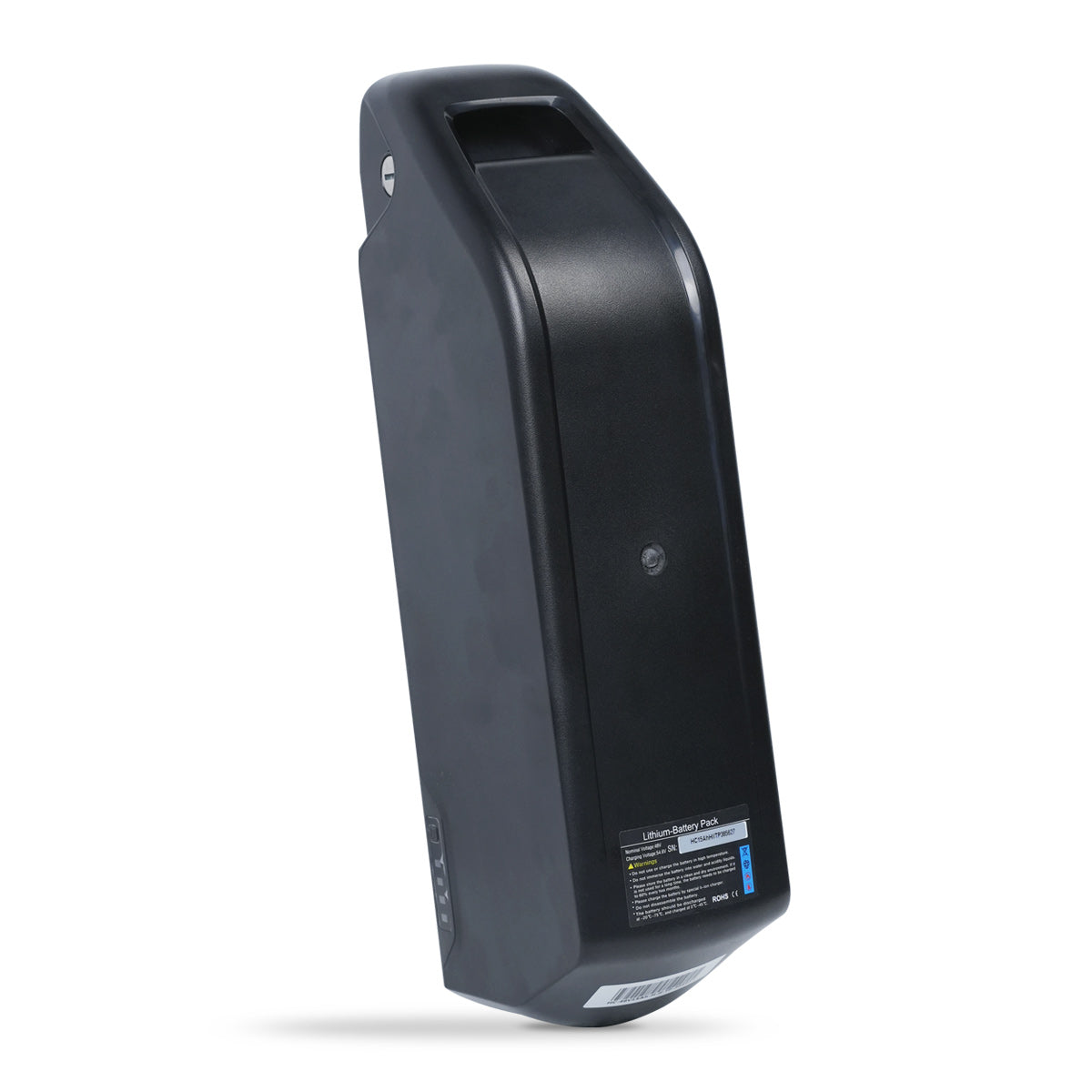Can You Charge Your Electric Folding Bike While Pedaling?

With the popularity of electric folding bikes, there's one question many Americans like to ask when buying -- can I charge my e-bike while pedalling? After all, some vendors advertise that their products have this capability.
The short answer is yes, as a few e-bike models do have the ability to recharge the battery through a process called regenerative braking, but there are a lot of factors you have to take into account, and in this post we'll take you as far as possible understand the problem.
What is regenerative braking?
Just now we have mentioned that some models of electric bicycles can be charged through the process of regenerative braking, so first of all we must understand what regenerative braking is.
Regenerative braking, also known as feedback braking, is a braking technology widely used in electric vehicles. During the braking process, regenerative braking switches the motor into a generator, and uses the inertia of the vehicle to drive the rotor of the motor to rotate. Reverse the torque, convert a part of the kinetic energy or potential energy into electrical energy and store or utilize it, which is a process of energy recovery.
So regenerative braking uses the motor to slow you down, and your motor can go into "reverse mode". During this time, the forward motion of the bike transfers friction and heat into the drivetrain, which the reverse mode utilizes. The electricity generated by this action is fed back into the battery pack, increasing your efficiency and the increased battery power extends your riding range!
What are the benefits of regenerative braking?
Regenerative braking Because using the electric motor to slow down the bike, the brake pads are used less often, which reduces wear, so one of the great benefits of regenerative braking is that it extends the life of the brake pads.
As mentioned earlier, regenerative braking is a process of energy recovery. The energy recovered during this process ensures that you can ride an electric bicycle for a few more minutes, even if it is not much time, so it is another big benefit. Extend battery life.
Can you fully charge the battery by pedaling?
In theory, just tap the pedals and keep the brakes light to keep the electric folding bike's battery charged. However, this is a very inefficient process, and in practice can be quite demanding, requiring a full day of riding to fully recharge!
Most e-bike batteries take about 6 to 8 hours to charge via standard charging methods, while a large 48V 15Ah battery like the HiPEAK takes only 5-6 hours to fully charge with a 48V charger. But if you charge it by pedaling, you have to maintain a speed of around 15 MPH for 8 to 12 hours to get a fully charged small capacity battery. Overall, pedaling to fully charge the battery is really taxing.
How much can you charge the battery by pedaling?
To be honest, we can't definitively answer this question, as it depends on a range of factors, including how hard you pedal, how long you spend it, and the age of the battery in question. On average, an e-bike battery has a life expectancy of 5 years, and as the battery approaches the 5-year mark, it becomes increasingly difficult to properly charge it. Even if you try to fully charge it, it will take some time.
As we mentioned earlier, you have to drive at 15mph for 8 to 12 hours to recharge the battery, which is almost impossible for most people, including professional athletes.
Assuming your commute is 1 hour and you get there on an e-bike, it should give you about 10% to 15% of the battery capacity just in transit.
Plus, riding conditions can have a big impact on how well regenerative braking works. If you're riding on a busy road with lots of stops, this will require constant braking so you can regain more energy than you would on a relatively unimpeded road. Of course, if you're going uphill, you don't usually use the brakes, which reduces the chance of power generation.
Another factor that affects regenerative braking is the variation in motor torque. Typically, riders tend to vary the amount of braking, for example, people typically press the brake lever harder when trying to stop than when trying to slow down, this torque variation leads to inefficient regenerative braking, because regenerative braking is less efficient when calculating the amount of energy to recover Changes in torque are taken into account.
Can I charge the battery while riding in throttle mode?
Throttle mode is when you ride an e-bike without pedaling, the motor does all the work. But normally, using throttle mode doesn't charge the battery - during pedaling, your legs create kinetic energy that can be converted into electricity and fed back to the e-bike battery when your legs are idle, you cannot recycle the energy output this way.
Regenerative Braking Challenges
One of the biggest problems with regenerative braking is that it doesn't work with 2WD braking systems because when regenerative braking is used, negative torque is usually applied to the drive wheels, and the torque is only applied to one wheel while the other remains free spinning. Unfortunately, this can easily lead to skidding under braking, especially on e-bikes with front hub motors.
Therefore, there are few bicycles with regenerative braking function on the market at present, and only a small number of electric bicycles with rear hub motor models have them.
Conclusion
With the above in mind, we can now answer definitively again, you can use regenerative braking to charge your folding electric bike while pedalling, which should add a few minutes of extra range when you're out enjoying your trip. But let's be clear, the average current e-bike with regeneration can only recharge the battery by 10%, which means you have to pedal 10 miles straight to get back 1 mile of energy.
Regenerative charging is also a great way to reduce your carbon footprint and can be a great alternative to traditional charging. But at the moment, we don't recommend you to do this, as it not only puts you at risk of the bike spinning, but also seriously reduces your riding comfort. Some manufacturers are still improving this feature and are even developing solar bikes already, but we'll have to wait a little longer!





















Leave a comment